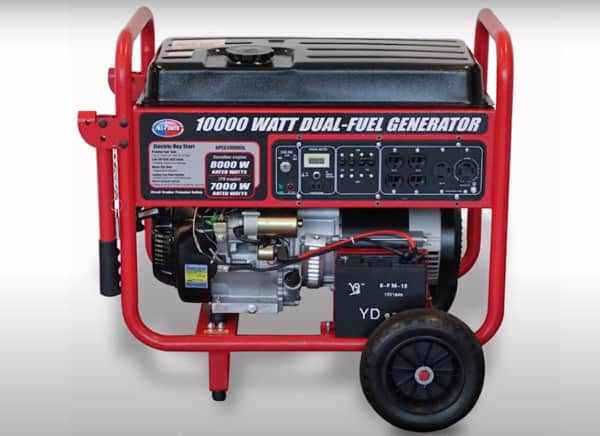When it comes to home backup generators, it is vital to find the appropriate place for installation in order to guarantee optimal efficiency and safety. These generators provide essential power during outages, ensuring the proper functioning and convenience of your household.
There are several factors that you should take into account when deciding on the best spot for your residential backup generator:
- Outdoor Placement: Usually, home backup generators are positioned outside the residence for various reasons. A primary advantage is the decreased risk of carbon monoxide poisoning, which can be extremely harmful. It is crucial to choose a spot that is easily accessible for upkeep and repairs. It is also important to consider noise restrictions and take appropriate actions to minimize any potential noise.
- Distance from Your Home: In order to prevent fires, it is essential to place the generator at a safe distance from your home. It is advised to keep it at least 5 feet away from windows, doors, or vents, so that no harmful fumes can enter your living spaces.
- Proximity to Fuel Source: Ensure that your propane or natural gas-powered generator is positioned in close proximity to the fuel source for convenient linking. It is advisable to seek guidance from a professional installer to obtain expert recommendations regarding the suitable fuel connection and necessary safety precautions.
- Protection from the Elements: If you want to make sure that your backup generator remains safe during severe weather, think about placing it in a spot where it won’t be directly exposed to heavy rain, snow, or extreme temperatures. Additionally, providing a strong cover or enclosure can provide additional protection from the outdoor elements.
- Ventilation: Adequate airflow and ventilation are crucial for the effective operation of a backup generator. Make sure to select a location that allows for proper ventilation to safely disperse exhaust gases. Avoid placing the generator in enclosed areas or near obstacles that may impede the flow of air.
- Compliance with Local Regulations: To prepare for the installation of a home backup generator, make sure you become acquainted with the local policies, construction regulations, and guidelines set by your homeowner association. Certain areas might have particular rules and standards in terms of where to place the generator, the permissible noise levels, and safety precautions that are mandatory to adhere to.
- Accessibility for Service and Maintenance: Select a site that permits convenient entry for maintenance and regular upkeep. It is crucial to conduct regular examinations, replace filters, and perform other necessary maintenance duties to preserve the optimal performance of your backup generator, guaranteeing its readiness to supply dependable power when required.

It is important to have a qualified professional install a backup generator for your home. They will evaluate your specific needs and help you choose the best spot for the generator.







